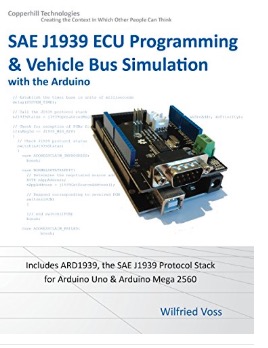Recent Posts
High Accuracy CAN Bus Transducer With SAE J1939 Support
Posted by on

The GP:50 Model 541 CAN-connectable pressure transducers are intended for brake, dynamometer, hydraulic valve, jet engine, and transmission testing.
They can be installed in test stands.
The products feature higher resolution, reduced noise, and improved thermal performance compared to the Model 540 predecessor series.
The welded stainless steel design of the Model 541 offers ease of installation within space constrained environments.
The CAN identifiers are configurable as well as the bit-timing settings. The products come with SAE J1939 or CANopen protocol support.
The sensors are temperature compensated and provide a 1-ms response time.
Features
- CAN Bus protocol – J1939 or Can Open
- High accuracy ±0.05% FSO
- High thermal stability +/-0.25% FSO/100 deg F
- -40 to +250 deg F compensation
- Compact, lightweight, all stainless steel design
- 1 millisecond response time
- Temperature output
Applications
- Dynamometer testing
- Transmission testing
- Brake testing
- Hydraulic & Pneumatic valve testing
- Jet engine testing
- Emission test stands
This book, written by a leading expert in the field of Controller Area Network (CAN) technologies, represents the perfect guide to implementing an SAE J1939 protocol stack for embedded systems.
The book is filled with numerous C/C++ code examples and valuable documentation of the resulting J1939 vehicle network data traffic. It explains in great detail the inner workings of the protocol through designing and transmitting J1939 data frames, receiving and processing J1939 data frames, and simulating J1939 ECUs (Electronic Control Units). Other Arduino sketches (software projects) include a J1939 network scanner, and a simple SAE J1939 to USB Gateway application with associated Windows GUI (Visual Studio C# project).
The collection of sketches is concluded by the ARD1939 project, a fully functional SAE J1939 protocol stack for the Arduino Uno and Mega 2560. As an added value, the included proof of concept explains (by means of code examples and bus traffic recordings) the details of the Transport Protocol (TP) according to SAE J1939/21 (BAM Session, RTS/CTS Session) and the Address Claim Procedure according to SAE J1939/81.
In combination with the low-cost and high-level user-friendliness approach of the Arduino environment, this book represents the ideal platform to learning and implementing embedded applications with the SAE J1939 protocol stack.
 Loading... Please wait...
Loading... Please wait...

